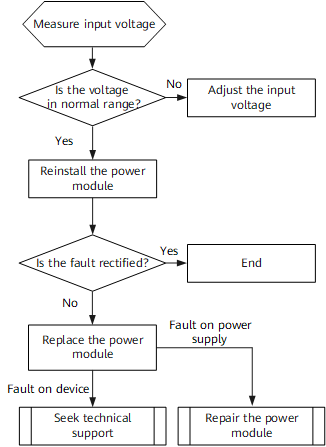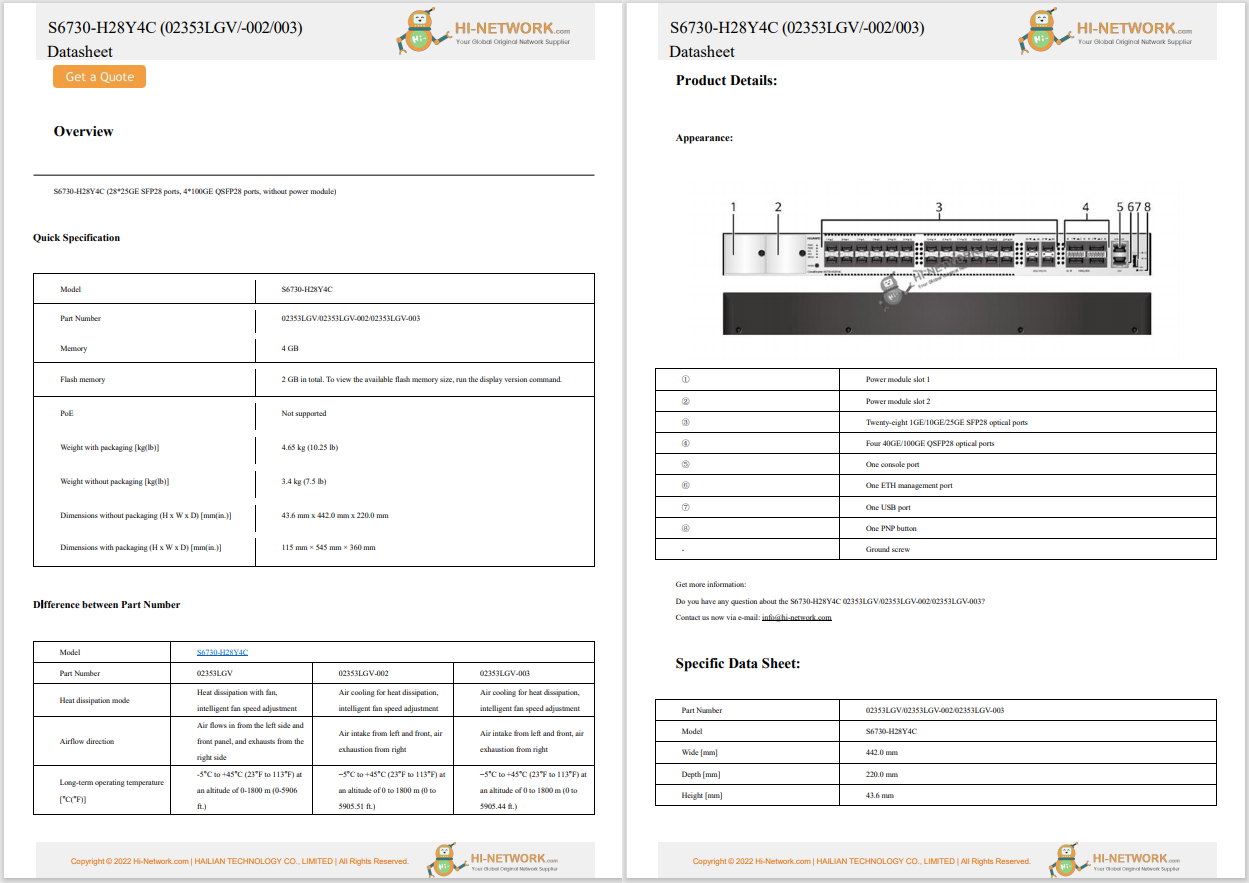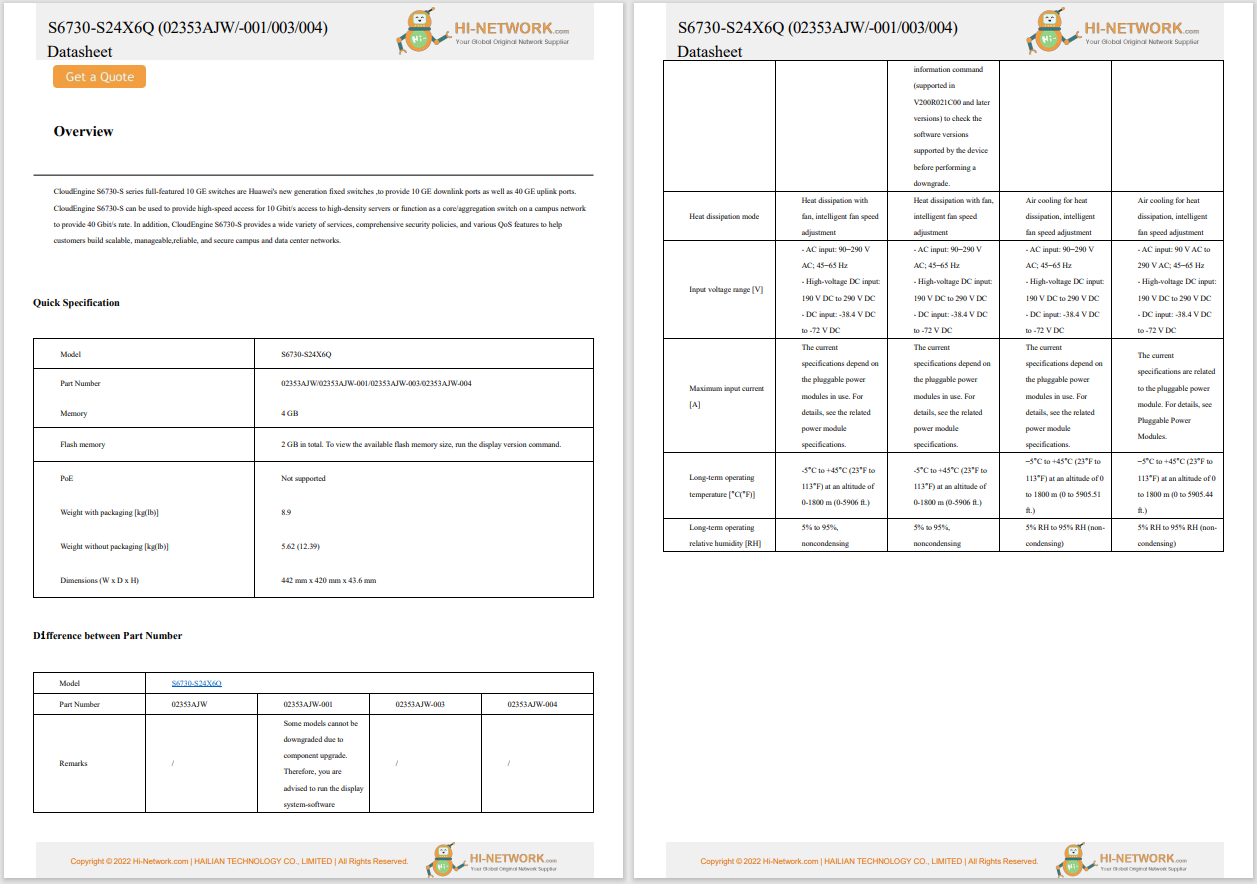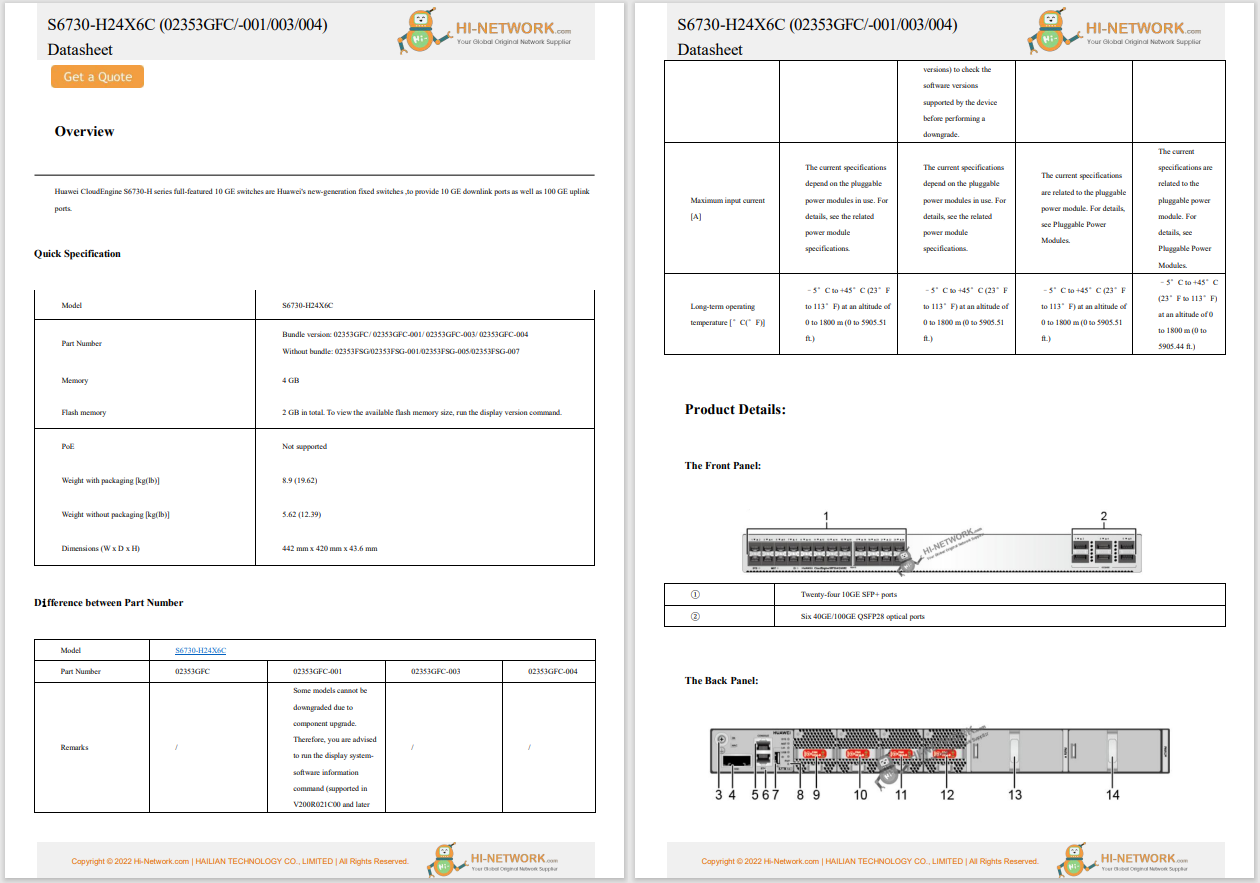
































You might've heard about that recent viral Street View trend -- the one where people learned they can go back in time and see street-view-level imagery of their house or a loved one's home, and they're getting emotional spotting long-gone relatives, friends, or even trees when they try it for themselves. But did you know you can do something similar with Google Earth?
Unlike Google Street View, which only goes back to 2007 and shows you a first-person, panoramic point of view, Google Earth offers 3D views of practically anywhere -- and in some places, you can go back as far as the 1930s with historical imagery. I tried it myself, searching old childhood homes in New York. I could see them going all the way back to the 80s.
Also: How to blur your house on Google Street View (and 4 reasons why people do it)
Admittedly, the farther I went back, the imagery looked like flat, top-down aerial views, some of which were blurry. But zoom to the 1990s, and the imagery got more dynamic and clearer. By the early 2000s, I could see satellite data in 3D.
Historical imagery in Google Earth can show drastic changes to places over long periods of time -- in London, Berlin, Warsaw, and Paris, you can see aerial imagery from the World War II era up to satellite views in modern times. It's fascinating to have a bird's-eye perspective and to be able to see how your house, neighborhood, or city has changed over several decades.
Are you a curious homeowner? Or maybe an amateur historian? Perhaps you love nostalgia, or you're just interested in the latest Google tools? Either way, here's all you need to know to about Google Earth's historical imagery.
What you need:You'll need an internet-connected device -- such as a PC or a smartphone -- to access Google Earth online. (There is a desktop app for Google Earth; although this guide mostly provides step-by-step instructions for the website and mobile app, the experience is very similar across platforms.)
Go to Google Earth on the web or launch the mobile app on your iPhone or Android phone. Before you can look up an address to see historical imagery of that place, make sure you're looking at satellite data.
Locating an address works similarly across platforms. Just enter a broad place name -- like a city -- or a specific street address ("123 Main Street, Anywhere, US") into the search bar. Once you hit Enter (desktop) or tap Search (mobile), Google Earth will jump straight to the location and give you a close-up view with the most recent imagery data available. That could be 2025, or it could be older.
Also: You can ask Google Maps questions now, thanks to Gemini
You need to enable historical imagery in order to scroll a timeline and go back in time for locations.
It's time to access the timeline slider. This is as simple as toggling on the "historical imagery" layer.
When historical imagery is enabled, you can scroll through time by months and years for nearly any place on Earth. Just use the timeline slider that appears to select a point in time.
On both desktop and mobile, drag the handle along the timeline slider to view different dates. In my experience, urban areas tend to have more historical imagery available, while rural areas, like where I grew up, often have large data gaps. Just search and start scrolling the timeline slider to see what's available.
In Malone, NY, for instance -- a small upstate town of fewer than 50,000 people -- I saw timeline dots for every year in the present-day, a few dots in the early 2000s, one in the 1990s, and a final one in 1985. In Syracuse, NY, however -- a much larger, more populous city -- dozens more dots appeared on the slider.
Also: 6 Google Maps tricks to try for the navigation app's 20th birthday
In the timeline slider, large dots indicate yearly snapshots, and smaller dots mark monthly updates. Grayed-out dots are for dates that were once available but aren't currently accessible at your zoom level.
The labels below the dots show the approximate dates for image captures. On desktop, you might see the exact day (e.g., "August 15, 1995"). On mobile, tap a year in the timeline to see the capture's full date.
Google Earth sometimes disables 3D buildings and terrain when you enable historical imagery to "improve performance," according to Google. So, if your view looks flat, that's why.
When 3D is available and you're viewing it, Google Earth will show a 2D button so you can switch to that mode instead. I've noticed 3D is often disabled for older imagery -- like, anything from before the 1990s. The oldest 3D view I could access was 1995; I could see some places in 1985 in 2D, though.
Also: Google Maps yanks over 10,000 fake business listings - how to spot the scam
To toggle between 2D and 3D historical imagery, just look for the circular button in Google Earth that's labeled 2D or 3D. It should be toward the bottom of your screen on the web or in the app.
Historical Imagery uses satellite and aerial imagery to let you explore places going back as far as 80 years.
It seems like older historical imagery is lower resolution aerial views, while the newer captures are sharper, more immersive satellite imagery. It's fun to try different locations and scroll back in the timeline to see how far you can go. I've tested past home addresses, major cities, famous landmarks -- lots of places.
Also: How you can use Google Maps to track wildfires and air quality
You might see that image stitching and terrain elevation changes in Google Earth produce warping as you look around the map. In those cases, try changing your angle or zoom level to reduce the distortion.
And that's it. Enjoy going back in time with Google Earth. Let me know in the comments the oldest historical imagery you've found and where, and if you have time, check out how to go back in time with Street View. It's just as fun to try.
In September 2024, Google announced new updates for Google Earth, including the availability of historical imagery, which allows you to explore Google's satellite and aerial imagery library from as far back as 80 years ago.
Google Earth's historical imagery is sourced from many satellite and aerial imagery providers. Google said images closer to the ground are usually made up of one image, while aerial images are made up of a mosaic of several images.
Also: Google Maps can identify and save places in your screenshots - here's how
If you're curious about where historical imagery comes from, look for a Data Attribution link in the bottom corner of Google Earth. For instance, while looking at London in 1945 using historical imagery, I clicked Data Attribution. A pop-up then gave me a capture date and said the map included data from Google and The GeoInformation Group.
Yes -- you can see historical imagery with Google Earth Pro. The desktop app is free and has more advanced features. To access historical imagery on desktop, click the clock icon in the top toolbar, then use the slider (top left) to scroll through available dates.
Get the morning's top stories in your inbox each day with ourTech Today newsletter.
 Etiquetas calientes:
tecnología
Servicios y Software
Etiquetas calientes:
tecnología
Servicios y Software